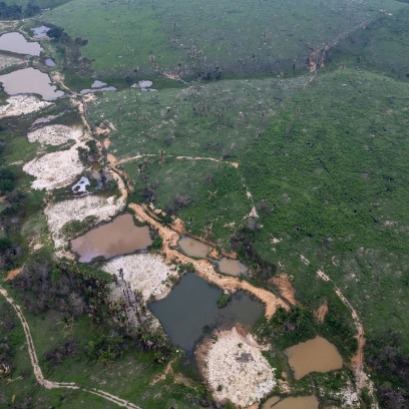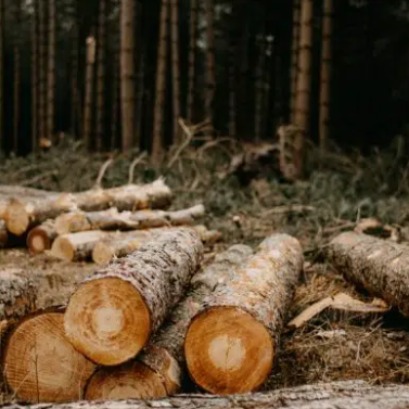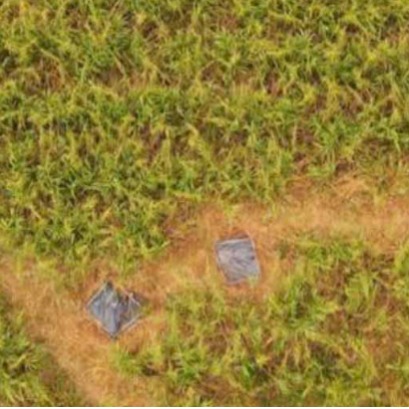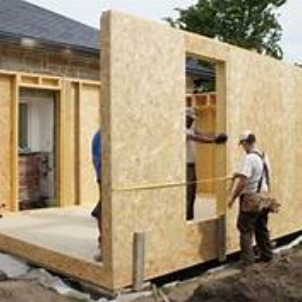
A study reveals that Amazon trees create rain in the drought with surface water
Even during the dry season, the Amazon jungle maintains the formation of rains by recycling surface water, which reinforces its climatic and ecological importance.
The Amazon is not only the largest tropical jungle in the world. It is also a vital engine of the water cycle, capable of generating its own rainfall even during the driest periods of the year.According to a recent study published in the Scientific Journal Proceedings of the National Academy of Sciences (PNAS), local vegetation plays an active role in the return of moisture to the atmosphere through a continuous perspiration process. This phenomenon occurs when trees absorb soil water through the roots and release it through the steam -shaped leaves. This steam, in turn, feeds the so -called flying rivers, invisible currents that transport moisture and contribute to rains in different parts of the country.During the dry season, up to 70 % of the rain that falls on the forest comes from this process. But where does the water that trees use if rainfall are scarce during this period? This was the question that motivated the team of scientists to carry out a detailed study in the National Forest of Tapajós, in parala For the trees during the drought came from very superficial soil layers, up to 50 centimeters deep. Even in places with deep water tables, such as the plateau, on average, 69 % of perspired water came from these superficial layers. These waters come from recent rains during dry season itself. In other words, the forest quickly recycles the water it receives: the rain falls, infiltrates the surface ground, is absorbed and returned immediately to the atmosphere. This reinforces the importance of ecological balance to maintain this continuous cycle. Trees with different capacities make the difference innovative aspect of the research was to identify how different tree species perform specific functions in the hydrological cycle. Not all are equally effective to take advantage of dry soil water. This depends on a characteristic called resistance to the embolia, which measures the capacity of the plant to absorb water even in adverse conditions. The most resilient species can extract water from drier soils and, therefore, return more steam to the atmosphere during droughts. However, the most vulnerable species adopt other strategies, such as developing deeper roots. These differences reflect the biological richness of the forest and show how plant diversity contributes directly to the maintenance of rainfall, not only in the Amazon, but also in other regions of Brazil. Without forest, there is no rain. And without rain, there is no future research offers a clear warning: the loss of vegetation puts the water cycle at risk. If trees are talked, the forest loses its ability to recycle water, which can compromise not only the regional climate, but also agricultural production in regions such as the southeast, the center-west and the south, all benefited by floating rivers. In a scenario where deforestation progresses, driven by bills such as the so-called draft law of devastation, this reality becomes even more worrying. Less trees mean less water, and less water means less rain to the whole country.
IT MAY INTEREST YOU
 Unprecedented Forest Crisis: with 8.1 million hectares destroyed, the goal of zero deforestation is in danger
Unprecedented Forest Crisis: with 8.1 million hectares destroyed, the goal of zero deforestation is in danger
A new report warns that the planet is experiencing an unprecedented forest crisis. In 2�24, forests suffered large-scale destruction with a permanent loss of almost 8.1 million hectares worldwide.
 Vida Silvestre and ArgenINTA promote a national consultancy for the restoration of forest landscapes in Argentina
Vida Silvestre and ArgenINTA promote a national consultancy for the restoration of forest landscapes in Argentina
The Argentine Wildlife Foundation and the ArgenINTA Foundation signed a technical cooperation agreement to begin a consultancy aimed at the Restoration of Forest Landscapes (FPR) in the seven forest regions of the country. The work seeks to generate technical and scientific inputs that guide the design of provincial and national restoration programs, in support of the implementation of Law No. 26,331 on Native Forests.
 Renovations, construction of houses and extensions made of wood gain speed, comfort and efficiency in the country
Renovations, construction of houses and extensions made of wood gain speed, comfort and efficiency in the country
In private neighborhoods, the Coast, the Coast and Patagonia, the choice of homes with dry works is growing. Speed, low environmental impact and energy savings.





















